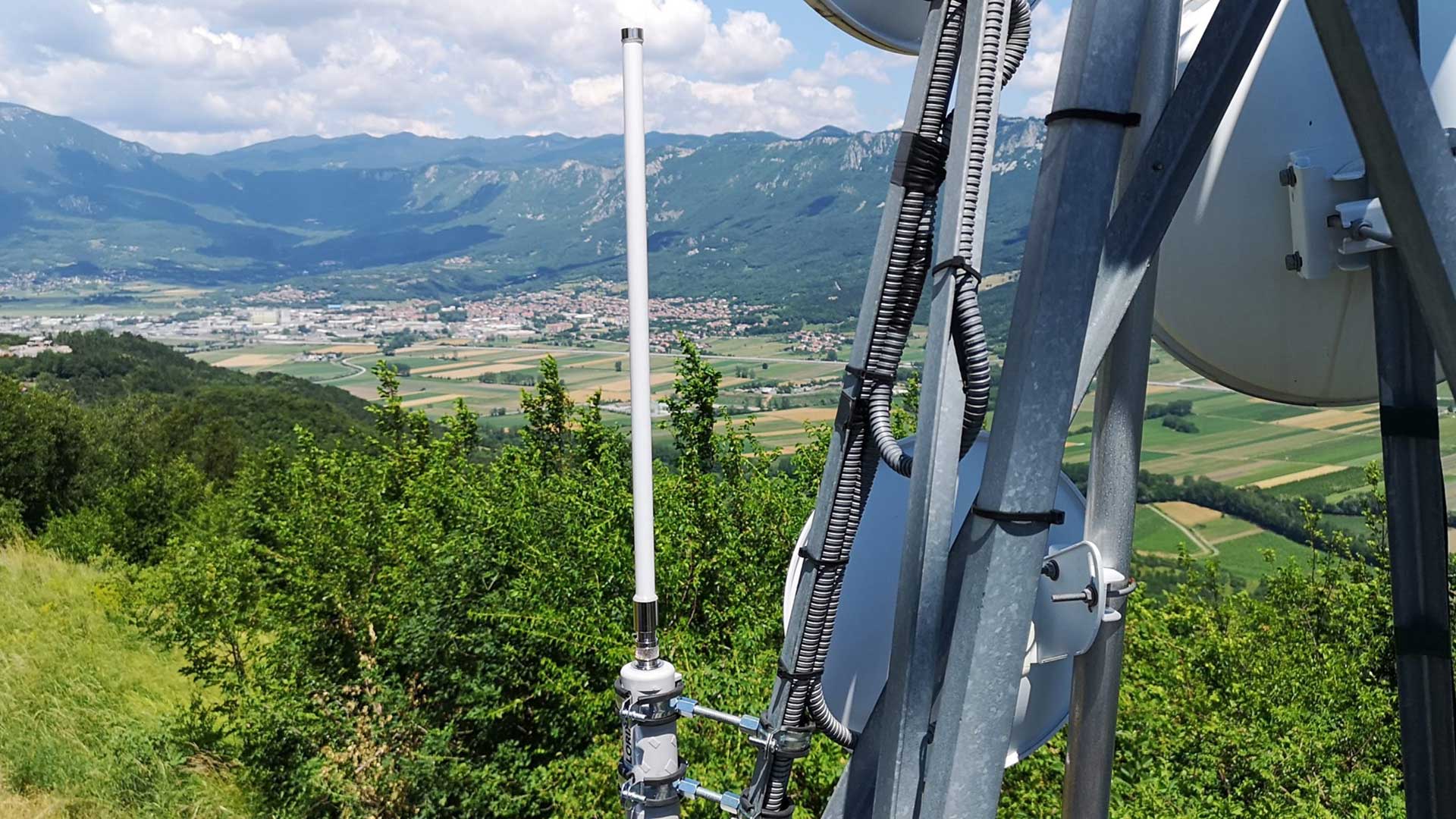Open network infrastructure for Internet of Things in western Slovenia
Existing radio data communication standards such as WLAN, 3G / 4G and Bluetooth are not suitable for the “Internet of Things“. They consume way too much energy, the range is too low and the “total cost of ownership” is too expensive. That’s why a new technology has been developed for the “Internet of Things” called “Long-Range Wide Area Network” (LoRaWAN). It offers a long range with very low power requirements, distances of up to 25 kilometers (and up to 6 km in urban areas) can be bridged.
The technology has the potential to network a new generation of autonomous, battery- or solar-powered sensors. This does not require expensive mobile antenna masts, SIM cards and mobile subscriptions, but only LoRaWAN modules with small antennas. Their radiation exposure is minimal, less than WLAN devices at home.
XIRIS Institute is also involved in the “Internet of Things” – as a member of the community The Things Network (TTN). The idea of this free network community comes from Holland.
From the Vision of The Things Network:
“People connecting their networks and allowing traffic from, to and over their network free passage created the Internet. In doing so they created synergy, whereby the whole could grow past the sum of its parts.
The Things Network will attempt to do the same for the IoT network of the future.”
Its network today (February 2021) involves over 133.416 members around the world which operate (mostly) crowfounded infrastructure with 18.551 gateways – covering rural areas and cities including Amsterdam, Buenos Aires, Johannesburg and Zurich. With over 23 active LoRaWAN gateways, The Things Network Nova Gorica is even the largest community in Slovenia.
Open access infrastructure enable citizen’s experimentation, business projects and academic research. Some ideas:
- Smart City: Smart Lighting, Water usage, Smart Parking, Waste management, Smart Traffic, Smart Roads
- Smart Environment: Air Pollution, River Level Monitoring, Groundwater Monitoring, Noise Pollution Control
- Industry 4.0 (IIoT): Maintain&Repair, Temperature Monitoring, Auto-diagnosis, Track Of Your Assets
- Smart Agriculture: Realtime Crop/Vineyards Monitoring, Sensor-based field mapping, Smart logistics and warehousing, Storage parameters control
- Smart Metering: Data Acquisition, Advanced Data Analytics and Reporting, Topic-based Notifications and Alarming, In-cloud (Big) Data Storage
- …
Add some Artificial Intelligence (for example Machine Learning) to any of mentioned ideas and you are set.




